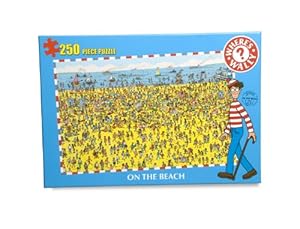If you had asked me this time last year whether I would have chosen to do a mathematics module at university I would have said no- absolutely not. Fast forward 6 months and if you asked me how I was feeling about the upcoming new semester and the Discovering Mathematics module I had in fact chosen to do I would have said I was dreading it. Maths has never been something I’ve ever been particularly excited about (as you can see from my very first maths blog post). However if you asked me today how I feel about maths- after having just submitted my discovering mathematics assignment- I would say it excites and intrigues me.
Over the past three months, I have found myself getting excited about our mathematics inputs. I have had my mind expanded by learning about the origin of numbers, the mathematics behind board games, the universe in which we live and so, so much more. I’ve learnt different teaching techniques, I’ve built my knowledge and most importantly, I’ve built my confidence.
At the start of this module I completed the Online Maths Assessment and scored 76%. Before starting this blog post I completed it again and scored 76%. Although I got the exact same score in both attempts, in my second I felt a lot more confident (even getting a little bit excited when a question about the Fibonacci sequence came up!). I have realized that maths can be fun and as someone who has always described themselves as ‘creatively minded’ I have realized that I can use this to my advantage when teaching mathematics rather than seeing it as a hindrance.
Although I did teach maths lessons whilst on my first year placement- even choosing to teach maths for my summative assessment- I think in the future I will be able to incorporate different subject areas within my lessons and be a more enthusiastic teacher. I believe this will allow me to engage the children in my lessons better and will hopefully allow them to feel a similar excitement when learning mathematics.
But what about that dreaded maths anxiety-is it any different? I do believe my maths anxiety has been seriously reduced, I don’t get a rush of worry when anyone mentions sums and I don’t panic when thinking about teaching it in the future. However I do think it would be very easy for me to slip back into a maths anxious frame of mind. In order to stop this from happening I must continue to engage with the subject, whether this be through the OMA or just doing maths in my head rather than using a calculator.
So, throughout the discovering mathematics module I’ve gone from feeling like this…

to feeling a bit more like this…












